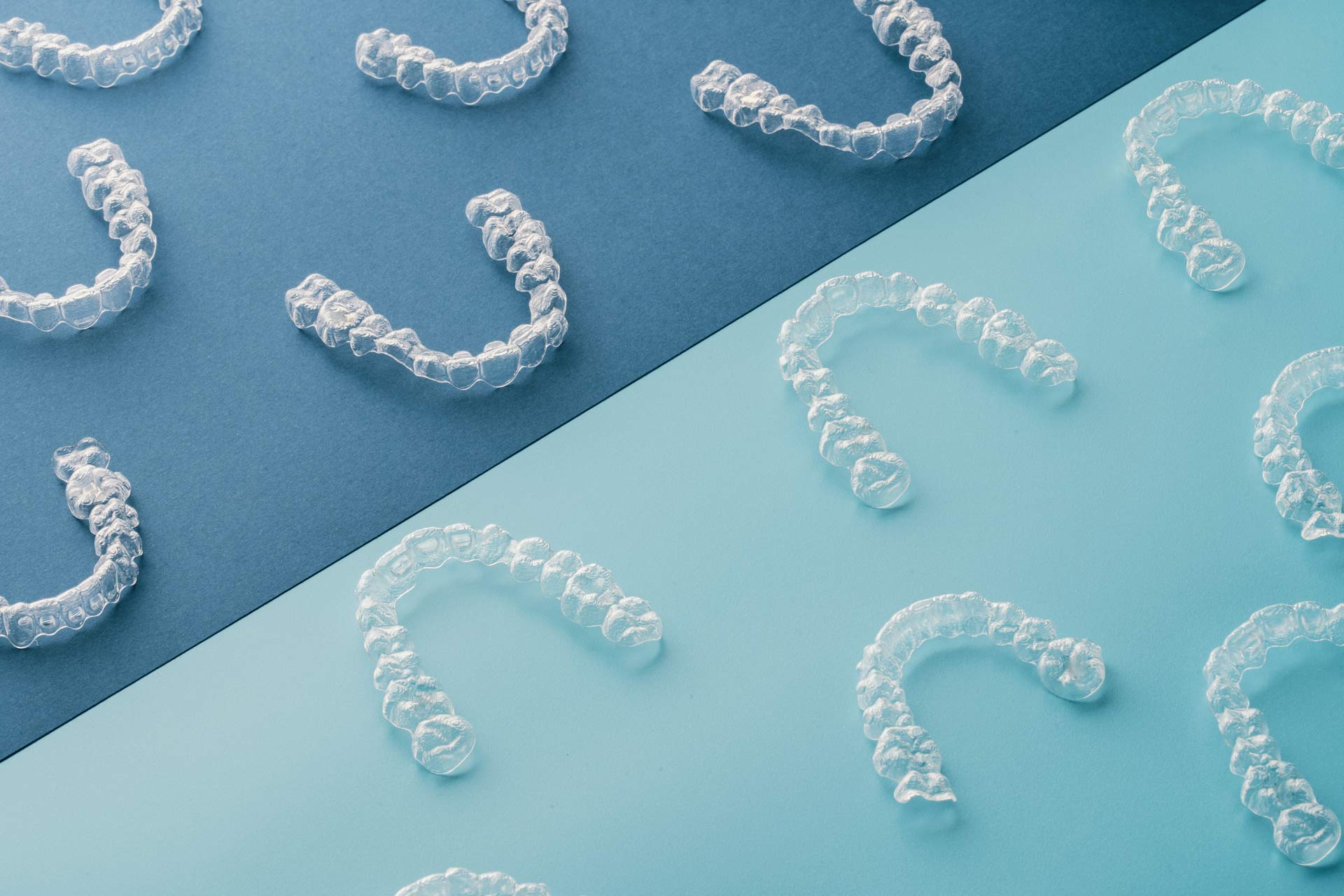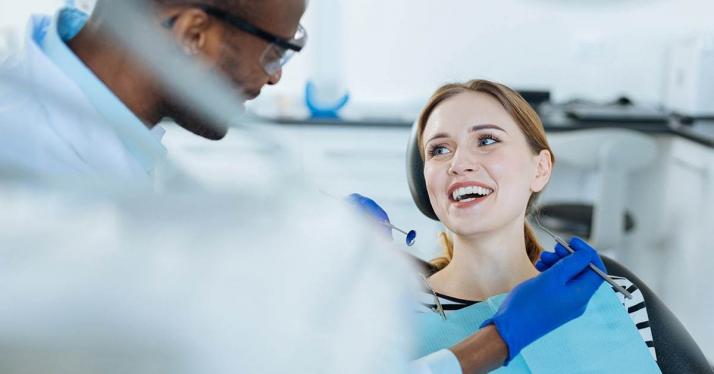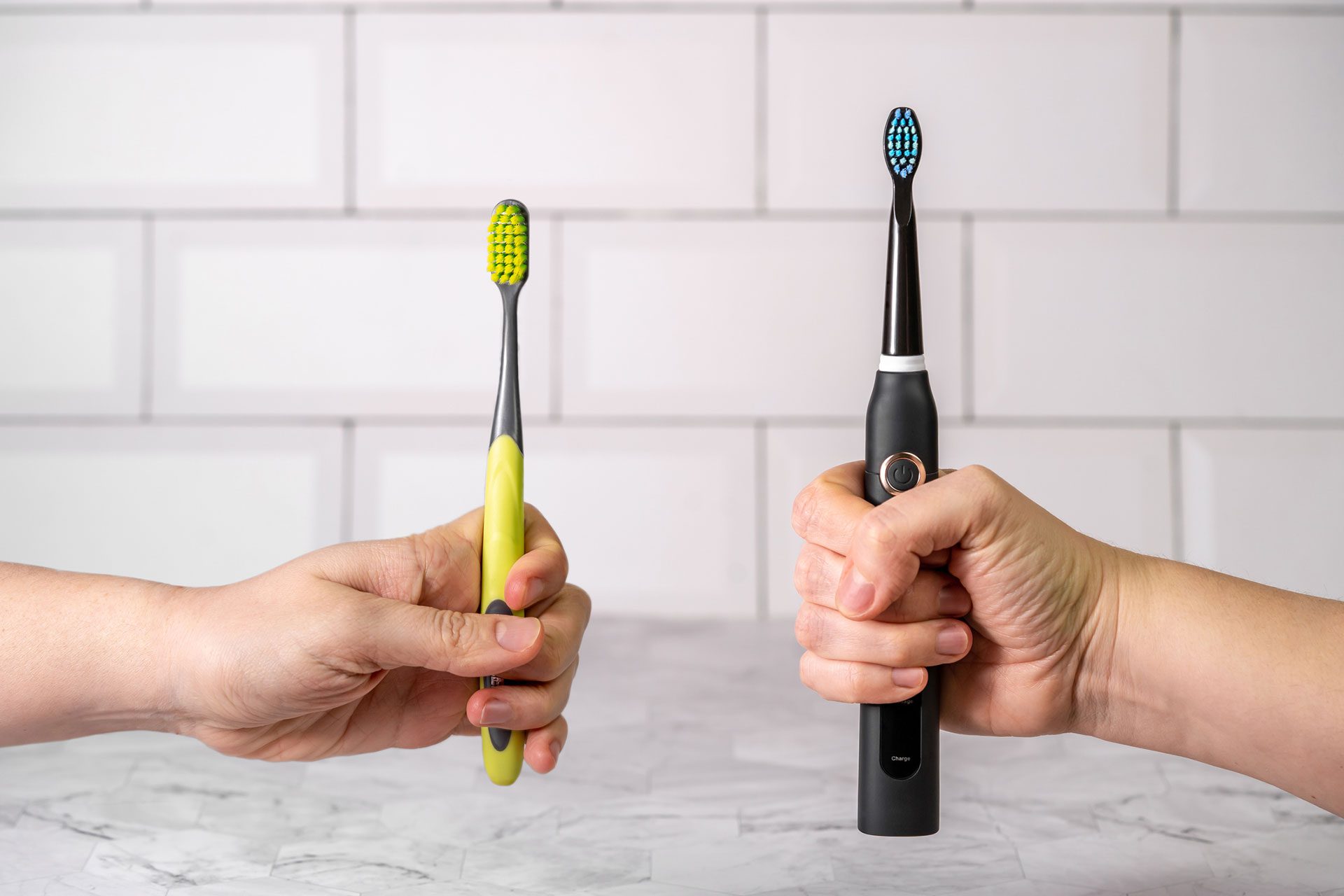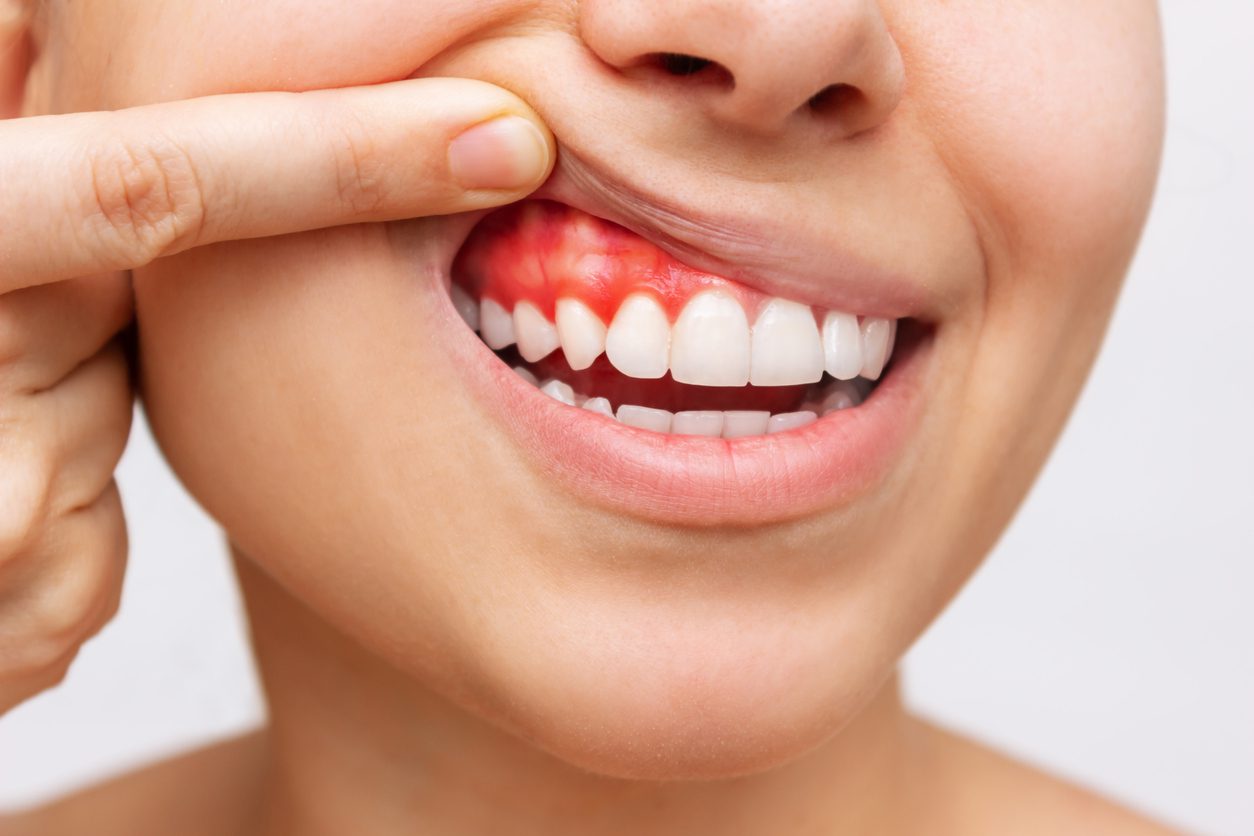Diagnosing Caries and Cracks
Catching caries in their early stages is tricky. Early caries may not have any symptoms, but that doesn’t mean they aren’t already there. They are too small to see at the beginning but do get larger over time if left unchecked. Only when the decay has already eaten through the enamel might teeth become more prone to sensitivity, which then eventually leads to noticeable pain. Dentists can diagnose caries using an explorer tool to manually look for areas of damage. The only disadvantage to this method is that they don’t have the capacity to catch cavities when they are just forming. Fortunately, dentists today have employed newer technologies that can help detect early forms of cavities during the stage where they are still possible to reverse. Early caries can be reversed if acid damage is stopped and the tooth is able to repair itself naturally, but it can only happen when your dentists use advanced tools.Radiographs
Radiographs play a considerable role in identifying caries. However, as the speed of the film increases and the radiation dosage decreases, the contrast in the density of tissue becomes more difficult to interpret. Though it has considerably improved the old pick and stick methods, digital radiography alone is not enough. More accurate methods are needed to provide patients with comprehensive treatment plans.Laser Flourescence
Laser fluorescence has been one of the emerging technologies that dentists have used to accurately detect the early formation of caries. Dentists use laser light and direct it at hard dental tissues. A shift in the wavelength of light reflecting back means that there is a difference in the nature and density of the tissue. Laser light provides better transillumination of the tooth, helping to identify demineralised zones or early formation of caries.
DIGANOdent is a 655-mm diode laser designed as a caries detection device. It is a tool that can spot the smallest lesions at the earliest stages, using a pain-free red laser diode to inspect the teeth. The light-emitting device is placed on the teeth and gives a digital readout, which can help dentists analyse and determine any decay in the mouth that you can’t discover using other traditional methods. DIAGNOdent brings additional quantitative data to the examination of occlusal pits and fissures. Studies have shown that in conjunction with radiographic examinations, the process can give an accurate and specific diagnosis for patients.
At Naenae Dental Clinic, we know the importance of early caries detection. And that’s why we proudly deploy the best possible technology for our patients. We use DIAGNOdent to help determine decay and caries and provide the best possible treatment plan for you. It is painless, requires no anaesthetic, and is a radiation-free method, making it safe and suitable for all patients.
In conjunction with our DIAGNOdent device, we also use the DIAGNOcam. The DIAGNOcam uses Fibre Optic Technology to illuminate the tooth. It is a small pain-free mobile device we use chair-side to examine your teeth. The best part is it is also 100% radiation free and supports the diagnosis of decay, cracks and leaking fillings.





